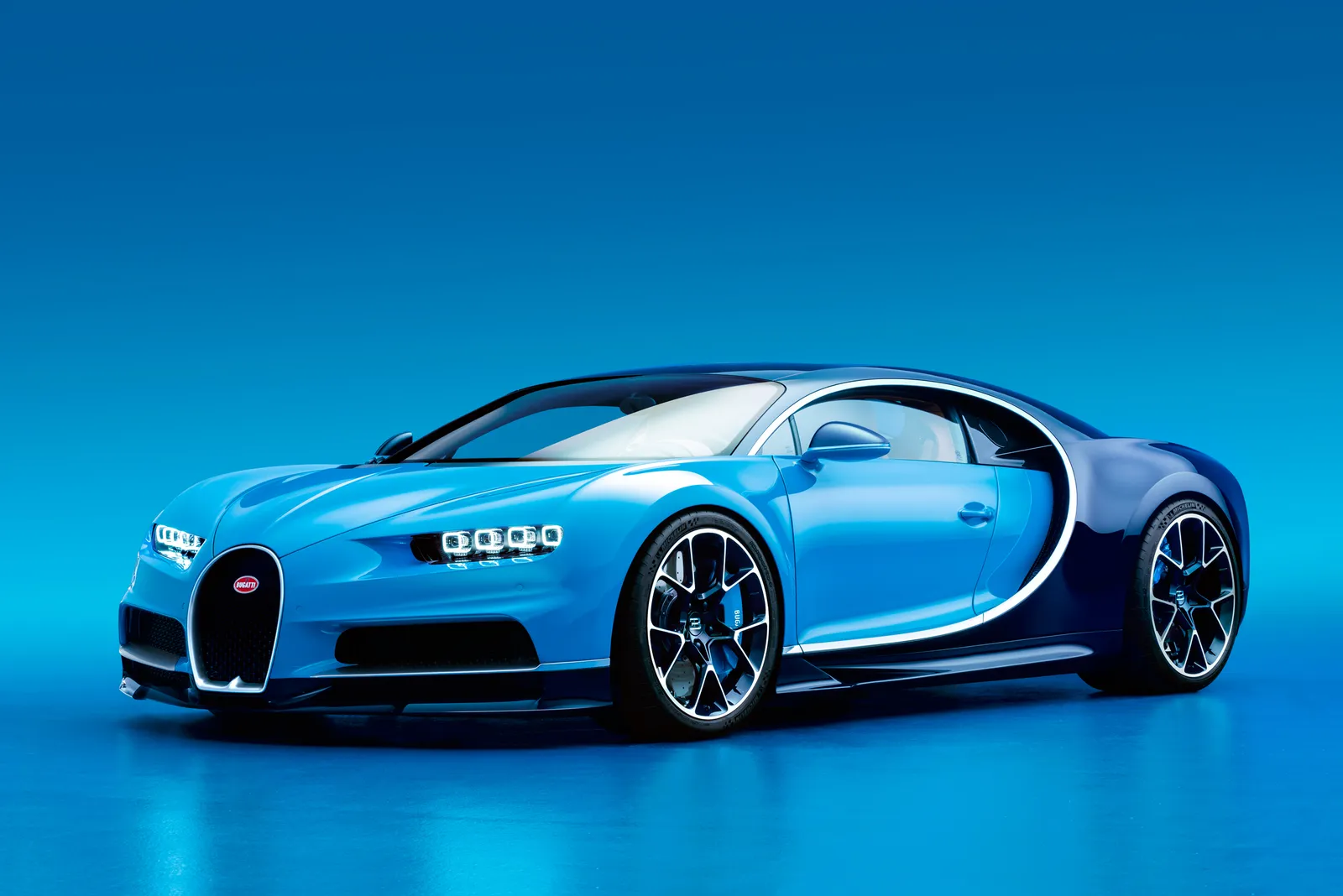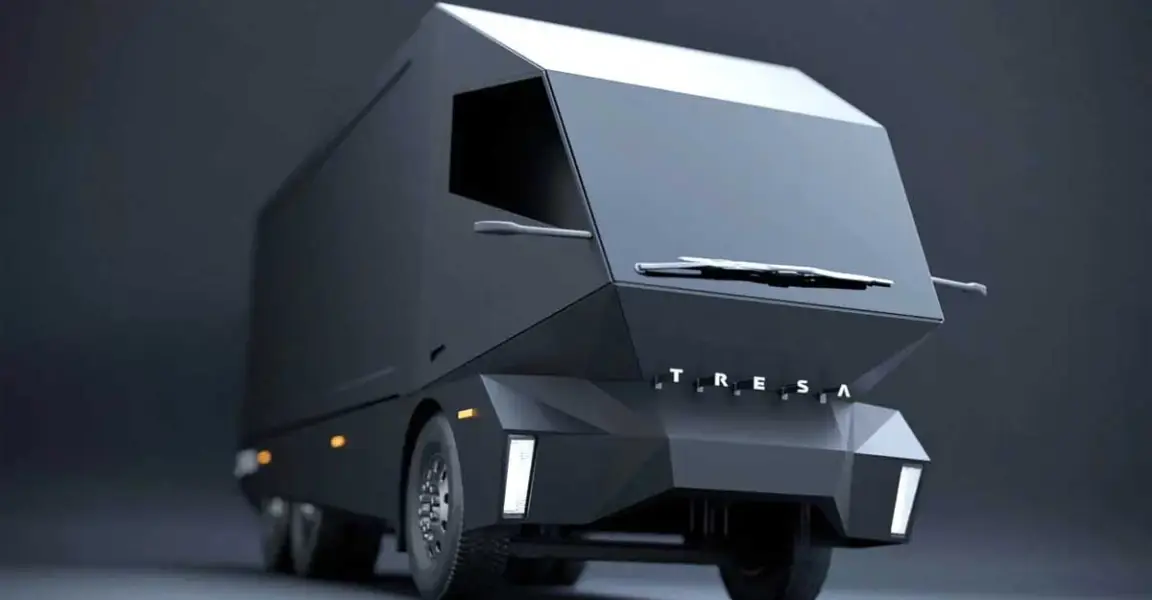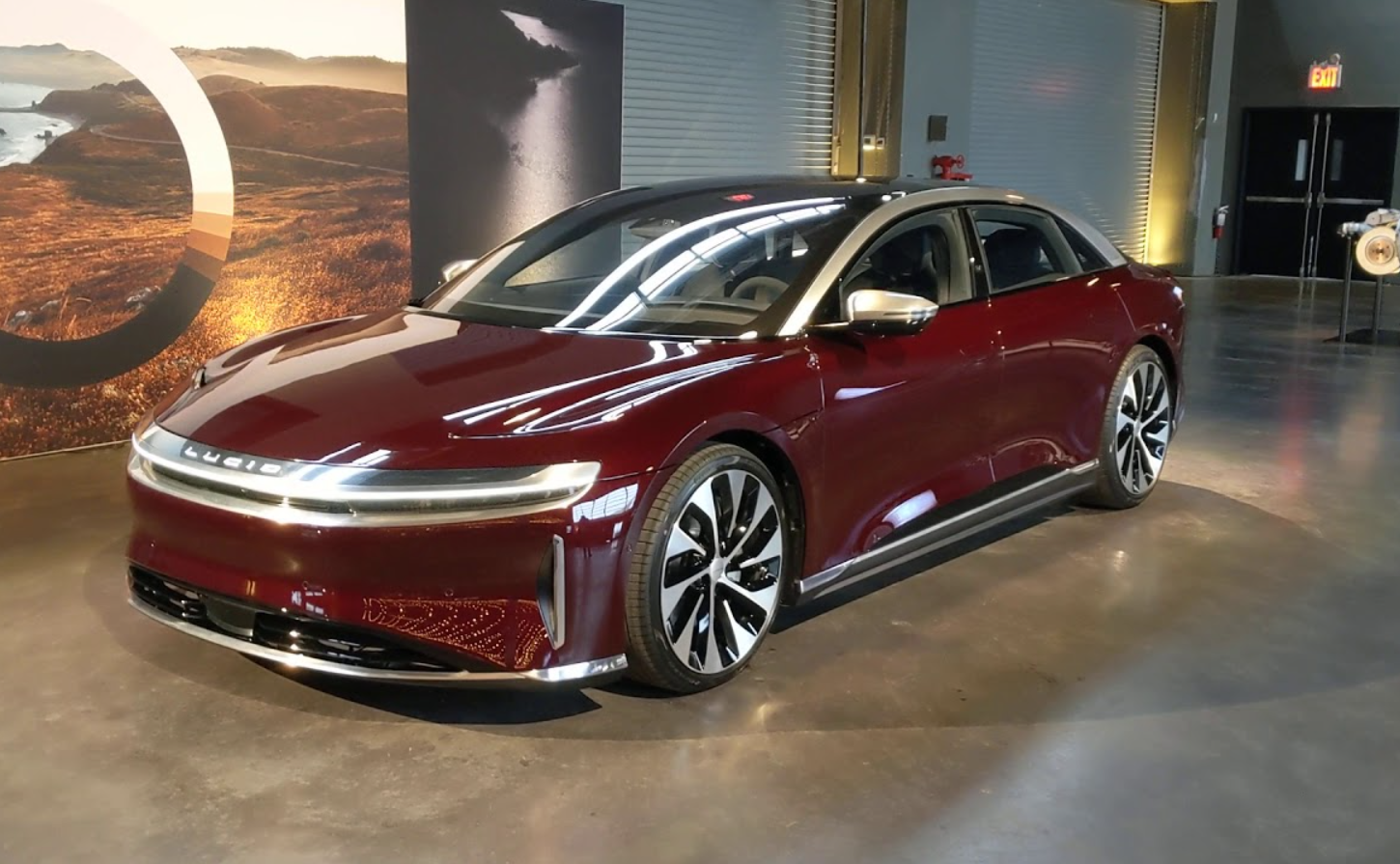Throughout automotive history, several cars have pushed the boundaries of speed. In 1987, the Ferrari F40 became the first street-legal car to reach 200 miles per hour (mph). Nearly two decades later, in 2005, Bugatti’s Veyron hypercar broke the 250 mph barrier. Finally, in late 2019, the Bugatti Chiron Super Sport made history as the first production vehicle to hit 300 mph. However, one might wonder why it took almost 15 years to achieve an increase of just 50 mph.

The concept of speed may seem linear, but the challenges become exponential as vehicles aim for higher velocities. Andy Wallace, the driver behind Bugatti’s 300 mph run, explains that aerodynamic factors such as downforce, lift, and drag increase exponentially with speed. For instance, taking a car capable of 270 mph and pushing it to 280 mph requires significant efficiency improvements.
The main obstacle to achieving extreme speeds lies in overcoming drag, or air resistance. The force required to overcome aerodynamic drag rises at the cube of velocity. This means that a car requiring 200 horsepower to counter drag at 150 mph would need a whopping 1,600 horsepower to reach 300 mph – eight times as much power. However, creating a 300 mph car involves more than just a massive engine; it requires careful consideration of various factors.
Tires play a crucial role in ensuring safety at such high speeds. To withstand the immense forces exerted on the tires, Bugatti reinforced the last steel band of the tire with lightweight carbon fiber. This innovation prevented the tire from changing shape under extreme forces, maintaining stability. The tires were tested extensively at Michelin’s aircraft test center to ensure they could handle speeds up to 318 mph without warping.
Generating the necessary power to spin the tires is another significant challenge. Turbochargers are commonly used to feed more air into the engine, allowing for increased horsepower. The upcoming Hennessey Venom F5, expected to reach 301 mph, utilizes massive twin-turbochargers and achieves high RPM (revolutions per minute) for optimal power generation. High RPM enables faster air and fuel combustion, resulting in greater power output. It’s important to strike a balance between engine size, RPM, and efficiency to achieve record-breaking speeds.
However, the ultimate obstacle to reaching 300 mph is the resistance posed by the air itself. Drag increases exponentially, and the car’s design must minimize drag as much as possible. Koenigsegg’s Jesko Absolut, estimated to reach 330 mph, features a longer, flattened tail to ensure smooth airflow off the rear. Eliminating separation in the airflow helps reduce drag. Additionally, the car’s design eliminates excess downforce that would impede speed, replacing the massive rear wing with smaller tail fins and incorporating side vents to redirect airflow.
Advancements in testing have played a crucial role in pushing the limits of speed. Simulations that used to take a week can now be completed in a matter of hours, allowing engineers to quickly test and implement new solutions. As automakers continue to chase speed records, innovation and testing will remain key factors in achieving even greater velocities.
Bugatti may have already achieved the milestone of 300 mph, but automakers are constantly pursuing new records, pushing the boundaries of what is possible in automotive speed.


